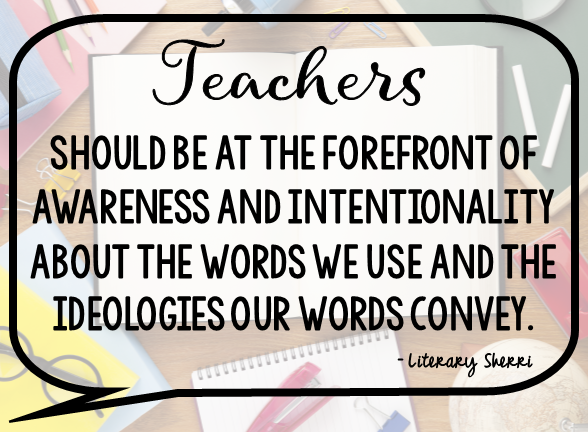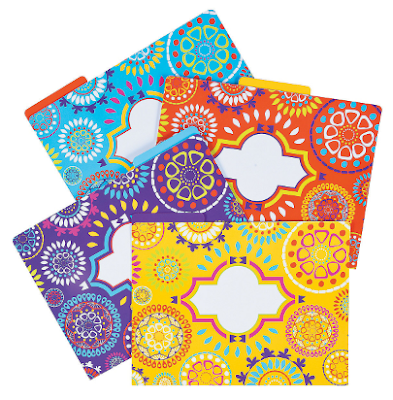Teacher Appreciation Day is celebrated across the globe. In the U.S., the recognition day -- celebrated in large part because of Eleanor Roosevelt's efforts to recognize and honor teachers -- is always the Tuesday of the first full week of May. Evidently, there was some confusion this year as May 1 was a Monday. My 2017 wall calendar -- made by a popular company that sells hundreds of thousands of calendars a year -- labeled Tuesday, May 2, as Teacher Appreciation Day, but a quick Google search says it is Tuesday, May 9. So, I guess it depends on one's interpretation of the "first full week" -- does that start on a Sunday or a Monday? (Fun fact: Did you know in many countries, including most European countries, Monday really IS the first day of the week and Sunday is the last day?! Our "English calendars" are as confusing to most of the world as our measurement of weight in ounces and pounds and distance in inches and miles. But I digress.) At least one local school district in my neck of the woods is recognizing their teachers on Tuesday, May 16 . . . and I think all the confusion is a great reason to celebrate teachers all month long because the truth is E.VER.Y.DAY should be Teacher Appreciation Day! So, whether you were celebrated last week, this week, or next week, please soak it all in and know you really deserve to be recognized and appreciated every week!
Thank you, Teachers, for caring about your students, cheering them on to success, and helping each student learn the way she or he best learns by constantly refining, revising, modifying, evaluating, expanding, adjusting, clarifying, scaffolding, reteaching, and adapting every lesson, all day long, in thirty-two different ways . . . while simultaneously preparing students for standardized tests, reminding them the test does not define them as a person or as a learner, getting band-aids for their mishaps, helping them mend broken hearts, asking about their weekends and connecting with them over their favorite performers, books, or sports teams, laughing with those students who are having the best day of their lives today and crying with those who are having the worst day ever, encouraging students to keep doing their best with hugs, high-fives, pats on the back, thumbs-up, and fist-bumps -- and knowing exactly who prefers each -- and making mental notes of who needs shoelaces, mittens, lunch money, a new composition notebook, or a supplemental activity to help them better understand the lesson and when pay day is so you can care for each of their needs. Kudos to you, Teachers, for all the ways you strive every day to be and give and do what each individual student needs in order to grow into knowledgeable, informed, inspired, compassionate, empathetic, motivated, engaged life-long learners!
I don't know about you, but I'm exhausted thinking about all you do! I wish I could treat every single one of you to a well-deserved cup of steaming hot coffee, soul-warming vanilla chai, creamy macchiato, fruity iced tea, or frozen frappuccino . . . and a donut, because donuts make everyone feel celebrated!
Instead, I have teamed up with the fabulous Selma Dawani to give ten teachers a $5 Dunkin' Donuts giftcard. Enter the rafflecoptor below for six chances to win . . . we'll announce winners on Wednesday, May 10.
. . . and because we wanted to give ALL the teachers a treat, we created a fun set of note cards and bookmarks for you to print and give to your colleagues, your students, or your own sweet kiddos. Click here to download your free note cards and bookmarks today . . . and know that you are appreciated today and every day for all you do. Donut ever forget that you truly are our heroes! Thank you, Teachers!
Enter for 6 chances to win a $5 Dunkin' Donuts gift card!
a Rafflecopter giveaway
P.S. Because we r-e-a-l-l-y want you to feel valued and appreciated, don't forget about the Teachers Pay Teachers sale on May 9 and 10 . . . every resource in our stores will be 28% off! Stock up on these end-of-year goodies that will help you sail through the rest of May and June . . . or these back-to-school resources that will set you and your students up for success all year long!


























